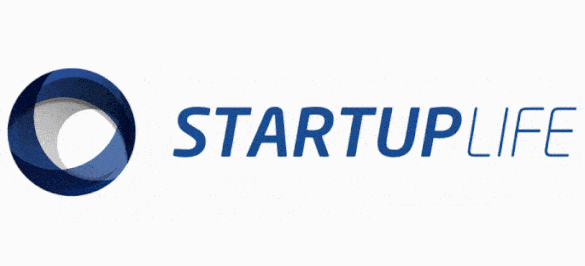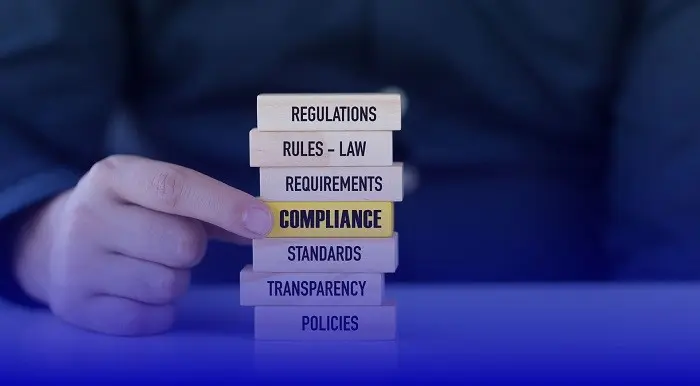By Luisa Bombarda and Layon Lopes
We have been dealing, in the last few months, with the tax regimes in Brazil. We have already talked about “Understanding Software Taxation in Brazil”, as well as “Simples Nacional: What do you need to know”.
Finally, we reach the Actual Profit, which is recognized as the general tax regime, or standard regime. In it, the tax will be calculated based on the profit obtained through the difference between the revenue and the company’s expenses. In it, the tax will be calculated based on the accounting profit earned by the Legal Entity plus the adjustments defined by law. Thus, it is nothing more than the general rule for the collection of the IRPJ and the Social Contribution on the Net Income (CSLL).
Although understood as a general regime, the Actual Profit has greater complexity in relation to the other regimes, the National Simple and the Presumptive Profit. This is because the calculation of the accounting profit is a little longer, involving the calculation of the company itself and the adjustments of the tax legislation.
It is important to remember that at the end of each year, companies must opt for the tax regime of the following year and cannot change it throughout the calendar year, which is why the company’s revenue forecast for the subsequent year must be carefully analyzed, in addition to taking into consideration the company’s reality and future projections.
Right, but which companies can opt for the Actual Profit regime?
Companies are required to join the Actual Profit regime when they reach revenues exceeding BRL 78 million in the ascertainment period (I hope this is your case!). In addition, companies that are not contemplated by the Presumptive Profit will be framed as optants of this regime (this point we will talk about soon), as well as those in which there is a legal determination of some market segments to integrate the regime, for example:
- Companies in the financial segment, such as banks, independent institutions, credit cooperatives, private insurance, open pension entities and real estate credit companies;
- Companies that have achieved profits and capital flow with foreign origin;
- “Factoring: Enterprises engaged in the business of purchasing rights to credit as a result of forward sales of goods or provision of services;
- Companies with tax benefits such as reduction or exemption of their taxes.
In other words, all companies that invoiced BRL 78 million in the ascertainment period, that operate in the financial sector, that made profits or foreign investments, or that have tax benefits will be subject to the Actual Profit.
Got it. But how do I calculate the tax rates of the taxable income?
The tax rates of this regime will be calculated based on the effective profit of a company during the ascertainment period, which may occur quarterly, ending on the last day of each quarter, as well as annually, ending on December 31.
Thus, the tax rate calculations are the result of the following formula: Revenue – Expenses = Actual Profit. Simple!
The income tax rate (IRPJ) is 12% on the profit calculated in the quarter, with an additional charge of 10% if there is an excess of more than R$ 20 thousand per month. The CSLL rate is 9%.
For PIS, the rate is usually 1.65%. For Cofins, it is 7.6%. Depending on the business activity, however, these rates may be lower: 0.65% for PIS and 3% for Cofins.
Okay, but what about the benefits of the Actual Profit?
Among the advantages gained in this regime, we point out:
– This is a fair taxation, since all amounts paid and received under this regime are the result of data submitted by the companies in the respective ascertainment period;
– Possibility of calculating the amounts on a quarterly or annual basis, the company being able to choose the period that best suits its needs, bringing greater freedom to those opting for this regime;
– In case the company shows negative results, it is not required to pay the taxes of the Actual Profit, since, if there is no profit, there is nothing to tax.
Got it. And how can I frame my company in the Actual Profit?
It is important to emphasize that, for the framing in this regime, it is suggested that all documentation is up to date to avoid the incidence of any unwanted fine.
Among the general obligations for framing in the Actual Profit, is the need for all the companies’ accounting documents, which can be obtained from your accountant, who has the necessary expertise to help you in this regard.
And what is the Citizen Company? What does it have to do with the Actual Profit?
The Citizen Company Program was established by Law No. 11,770/2008 and regulated by Decree No. 7,052/2009, and is intended to regulate the extension by sixty days of the duration of maternity leave and by fifteen days, in addition to the five already established, the duration of paternity leave (Law No. 13,257/2016).
Companies participating in the Citizen Company Program can deduct from federal taxes the total remuneration of the employee with leave extended by the benefit. In addition, it is also possible to deduct from Income Tax (IR) the two extra salaries paid during the break.
According to the Federal Revenue Office, the company taxed on a taxable income basis that joins the Citizen Company Program in order to take advantage of the IRPJ deduction must prove that it is in good standing with regard to the settlement of federal taxes and other credits recorded in the Federal Outstanding Debt.
In order to use the deduction of the IRPJ due, the company that adheres to the Program is required to control the expenses with the cost of the extension of the maternity leave or of the license for adoption, identifying in an individualized manner the expenses per employee that requested the extension.
Therefore, it is possible to verify that, although it is the most complex tax regime, it is the fairest of the three regimes in the country, because in it there is taxation only on the profit obtained in the ascertainment period. Moreover, if there is no profit, the company will not be subject to the collection of any tax, which makes it more attractive for those companies that operate in the red.
Finally, there is a federal incentive for companies that are framed in this regime, i.e., there is the Citizen Company Program, which allows the deduction of the IRPJ for participating companies. In this way, the Actual Profit, even though it is not the most used regime, brings advantages to the companies to which they are framed.
* Layon Lopes is the CEO of Silva | Lopes and Luisa Bombarda is a member of the Silva | Lopes team.







